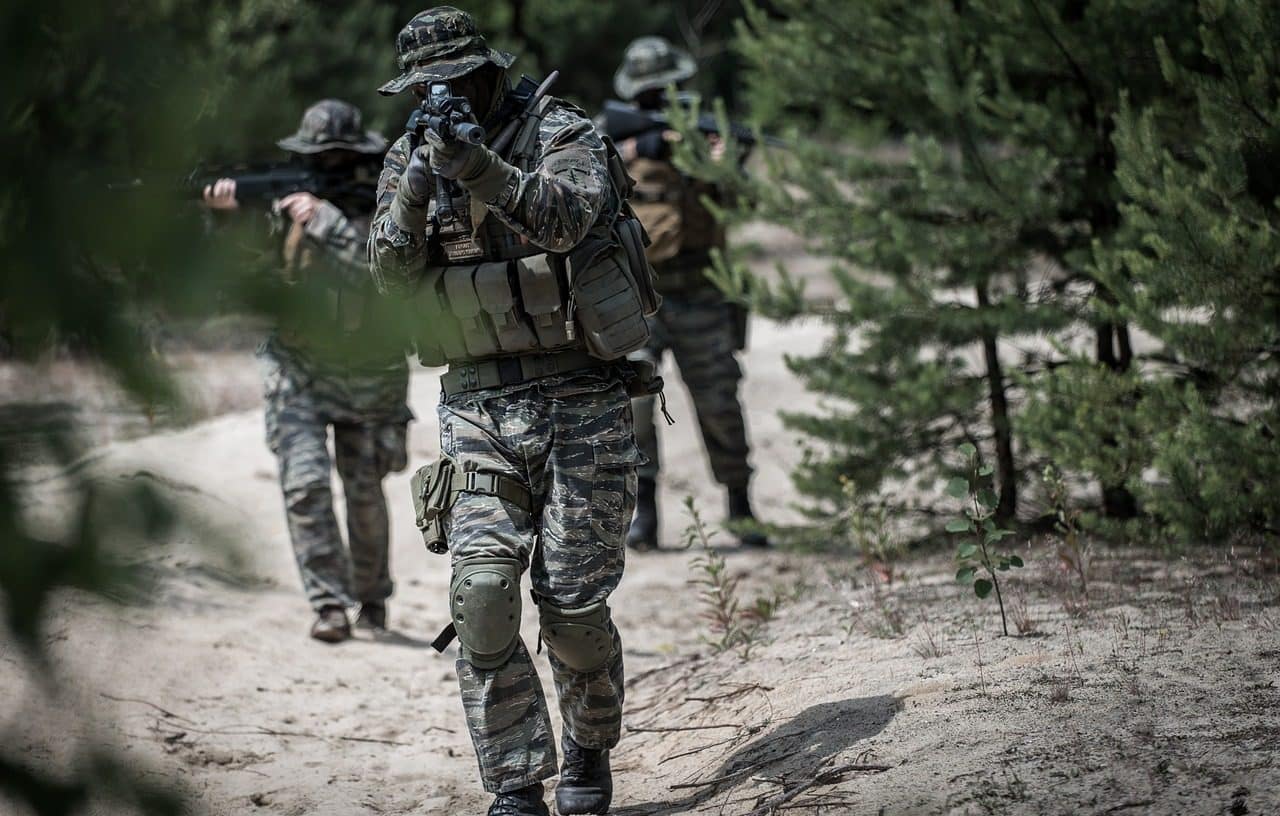
The deployment of a footballer is associated with his ability to occupy different positions on the playing field.
Deployment is the action and effect of deploying . This verb refers to unfolding or extending what is folded ; to exercise or put into practice an activity; to manifest a quality; or to organize an exhibition or demonstration.
For example: “Few concerts have had a display of these characteristics” , “The deployment of the army scared the population” , “The visiting team surprised with its deployment throughout the playing field” .
Unfolding, therefore, is the opposite action of folding (folding). Suppose a person buys a curtain for his home that comes folded in a bag. In order to hang it from your rod, you will have to unfold it (that is, remove it from its packaging and stretch it so that it no longer has folds).
Deployment in sports and in the military field
In the field of sport , deployment is usually associated with the ability of a player or a team to alternately occupy various positions on the field . The display can also refer to demonstrating qualities: “Nadal excelled with a display of offensive shots that cornered his rival,” “Messi was the best player on the field thanks to his display.”
In a military context, deployment consists of the advance of the different columns of an army to occupy positions linked to a combat order. The deployment may involve the movement of soldiers, weapons and vehicles so that the forces are prepared to attack the enemy: “The president has ordered the deployment of the army to repel a possible invasion,” “We are not afraid of the deployment of tanks: we are willing to defend the territory.”

Military deployment involves the advance of troops.
A type of diagram
A type of diagram that uses the Unified Modeling Language to shape the material arrangement of artifacts into nodes is known as a deployment diagram . An artifact is understood, in this context, as the specification of physical data that is used or generated by a software development process, or produced by the deployment and operation of a system.
When describing a website, for example, a deployment diagram shows the hardware components that make it up (such as web, application and database servers), the software components that run on each node (the aforementioned nodes , which can be the database and a web application, for example) and the way in which the different parts are connected to each other.
In the deployment diagram, nodes are represented by squares containing smaller ones, which symbolize the artifacts assigned to them. In turn, the nodes can have subnodes, which are nested as smaller squares within the higher ones; A single node can represent multiple physical nodes in a single deployment diagram, which is the case with a group of database servers .
Node types according to the deployment diagram
Two types of nodes are recognized in the deployment diagram, which are: device node , physical computing resources that use memory and services to run programs (some common examples of this type of node are computers and mobile phones) ; and runtime node , a computing resource that runs inside an external node and that provides a service for hosting and running other software elements.
Deployment diagrams can be used for modeling embedded systems , a set of devices that run a large number of programs to interact with the physical world; client-server systems , which focus on connecting a network of clients to a series of servers; or completely distributed systems , which have several levels of servers and must be prepared so that their topology can be continually modified.
